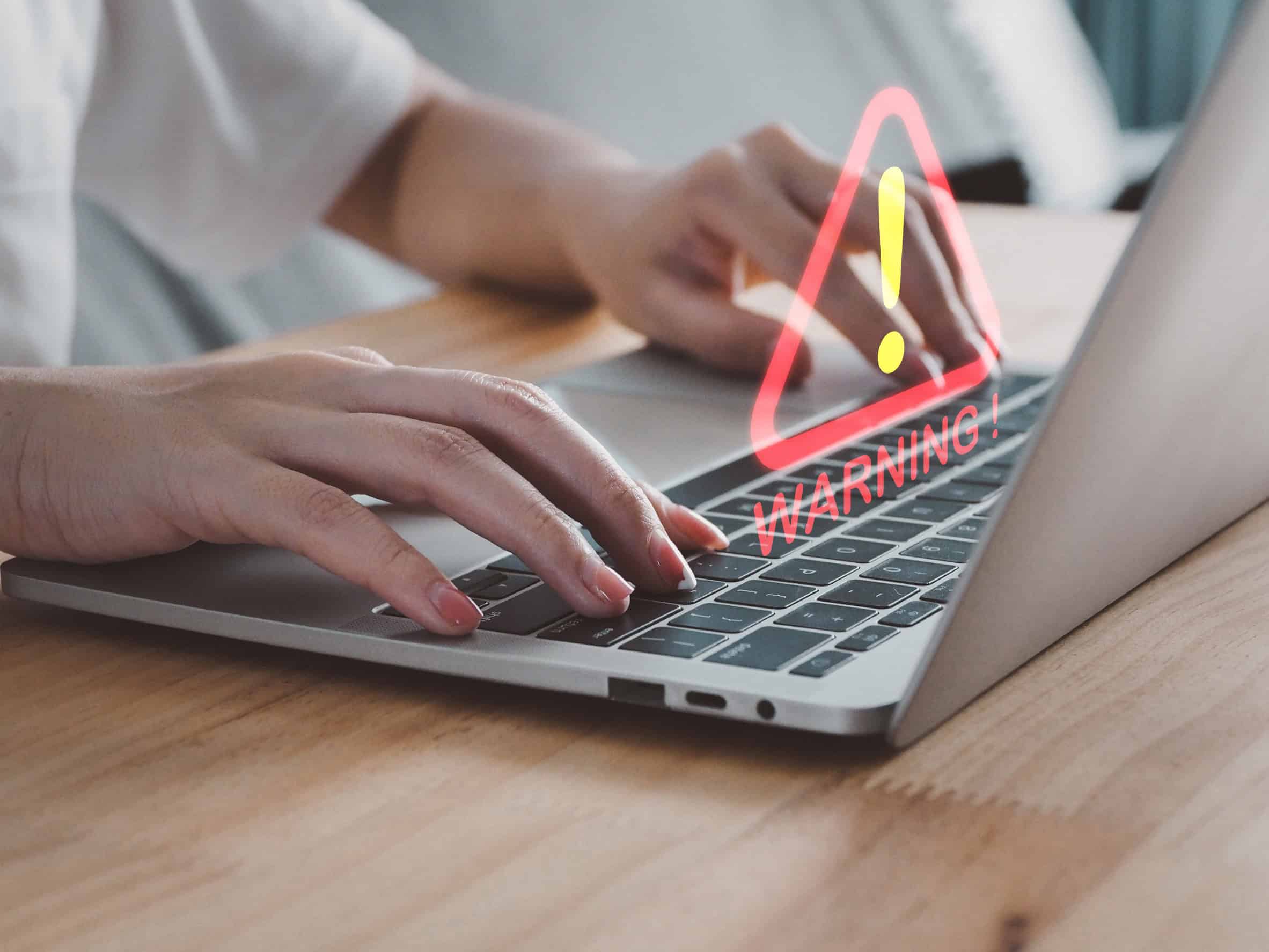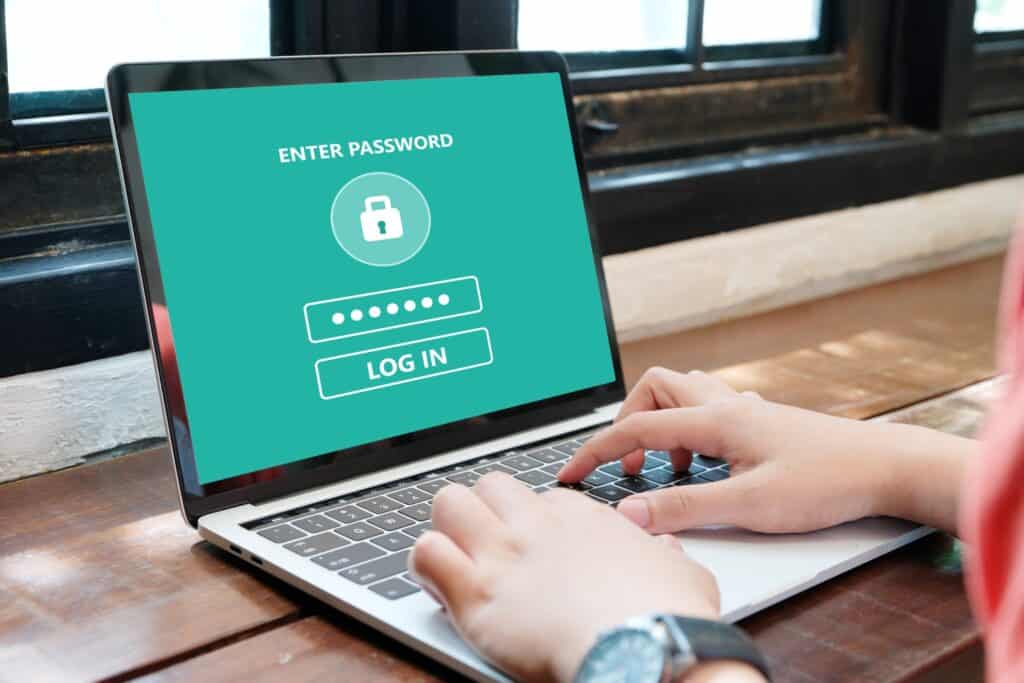- An incident response plan involves defining key stakeholders, categorizing security incidents, setting up processes for incident detection and reporting, and creating a clear framework for handling incidents from detection to recovery.
- Communication protocols for internal and external stakeholders are important, and regular testing of the plan helps check for preparedness, identifying any gaps or weaknesses.
- Training employees on cybersecurity best practices, recognizing threats, and reporting incidents is necessary to help minimize potential damage from cyberattacks.
Cyberattacks are a constant concern for businesses of all sizes. Whether you’re running a small startup or managing a larger business, having an incident response plan in place is necessary to help minimize the damage caused by potential security breaches. An incident response plan allows your business to act quickly and efficiently when a cyberattack or data breach occurs, reducing downtime, protecting sensitive data, and helping you maintain customer trust.
What Are Incident Response Plans Important?
Cyberattacks are becoming increasingly sophisticated, and even the most secure systems can be compromised. From phishing, ransomware, or insider threats, there are no businesses that can be fully immune.
An incident response plan gives your team clear guidance on how to respond to these incidents. This proactive approach helps minimize confusion during a crisis, reduce the potential for significant financial loss, and keep your business operating.
Identify Key Stakeholders
Building an incident response plan begins with putting together a team that will handle a security breach from the time it is detected till it is resolved. This team should consist of key stakeholders from various departments of your organization.
Your IT and cybersecurity experts will naturally lead the technical response, investigating the nature of the breach and implementing solutions. Legal and compliance teams make sure that the company complies with all relevant laws and regulations concerning data breaches. Public relations or communications professionals will handle external messaging to customers, the media, or other stakeholders, while executives or senior decision-makers will provide overall guidance and ensure swift decision-making when necessary.
Each of these team members should have clearly defined roles so that when an incident occurs, everyone knows exactly what their responsibilities are. It’s also good to have backup personnel in place in case someone on the primary team is unavailable.
Define What Qualifies as an Incident
Not every technical hiccup is considered a full-fledged security incident. For your incident response plan to be effective, clear guidelines need to be established on what types of events qualify as incidents that require action. This step keeps your team focused on actual threats and stops them from becoming overwhelmed by minor technical issues.
Incidents typically include data breaches, ransomware attacks, phishing schemes, and malware infections. A data breach involves unauthorized access to sensitive information, such as customer data or financial records. Ransomware attacks result in systems being locked until a ransom is paid while phishing scams trick employees into revealing sensitive information. Malware infections involve harmful software being installed on your company’s systems.
By categorizing these incidents, your team can quickly assess situations and decide when immediate action is necessary.
Create a Process for Incident Detection and Reporting
Detecting incidents as soon as possible allows you to minimize the potential damage. To achieve this, you need a well-established process for both detecting and reporting potential security incidents. There are two key components to this process: monitoring for threats and training employees so they know how to report suspicious activity.
Start by implementing tools like network monitoring systems, intrusion detection systems (IDS), and endpoint protection solutions. These tools will alert you to abnormal activity, such as unauthorized access or unusual network traffic. Additionally, train employees to recognize warning signs of cyberattacks, such as phishing emails or suspicious links. It’s important that employees understand what constitutes a security threat and feel empowered to report any unusual activity.
To streamline reporting, create a dedicated communication channel that employees can use to quickly report concerns. Whether it’s a specific email address or an internal hotline, make sure everyone in the organization is aware of the process and understands its importance.
Establish a Clear Incident Response Framework
Your incident response plan should outline a comprehensive framework for handling incidents from detection to resolution. This framework typically follows six key phases:
- Preparation: This is the groundwork you’re currently doing—building the plan, setting up monitoring systems, and training employees.
- Identification: When an event is reported, your team assesses whether it qualifies as a security incident and determines its scope.
- Containment: Once an incident is identified, the goal is to contain it and prevent it from spreading. This might involve isolating affected systems or shutting down access points.
- Eradication: After containment, the team removes the threat from the system, whether that means deleting malware, restoring compromised files, or closing security loopholes.
- Recovery: The recovery phase involves restoring systems to normal operation, as well as checking to make certain that all affected systems are clean and secure before they are brought back online.
- Post-Incident Review: After the incident has been resolved, the team conducts a thorough review to analyze what went well and identify any areas for improvement.
Implement Communication Protocols for Incident Responses
Your incident response plan should specify communication protocols for both internal and external stakeholders to allow for clear communication during a cyberattack. Internally, your team needs to know who to alert when an incident occurs and what channels to use for updates and coordination. For instance, the IT department might notify senior management via email, while the legal team might be looped in for advice on compliance issues.
Externally, your communication team should be responsible for crafting and delivering messages to customers, partners, and the media. Transparency is important during these situations, but so is carefully managing the flow of information to avoid panic. For example, if customer data has been compromised, you need to provide reassurance that the issue is being addressed.
Regularly Test Your Incident Response Plan
Building an incident response plan is only the beginning. To keep your plan working effectively, it’s best to test it regularly. Testing not only gives your team hands-on experience in handling incidents but also highlights any weaknesses or gaps in the plan.
One approach is to simulate cyberattacks, such as phishing campaigns or network intrusions, to test your team’s real-time response. Full system tests, which involve coordination across all departments, can also help assess your organization’s readiness.
Provide Ongoing Employee Training
Regularly train your staff on security best practices so they know how to respond to cyberattacks. Provide regular updates on phishing trends, ransomware, and other evolving threats. Offer refresher courses, especially when new systems or procedures are introduced. The more educated your employees are, the better equipped they’ll be to recognize and respond to potential threats.
At CMIT Solutions of Hayward, we provide IT and cybersecurity solutions that fit your business like a glove. Contact us today to learn more!





